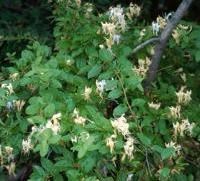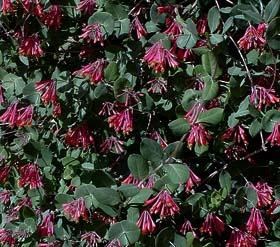|
There are many ways that you can help protect your National Park and state from exotic and invasive plants. 
John J. Mosesso/life.nbii.gov 1. Refrain from planting the "ten worst weeds." (See Mississippi Ten Worst Weeds, Alabama Ten Worst Weeds, Tennessee Top Ten Invasive Plants.) As appealing as some exotic plants may be, there are native plant options that are even better. 2. Plant nursery-raised native plants! Ask your local nursery staff for suggestions, check out native gardening books from your local library or bookstore, or ask your county Extension office for recommendations. 
Stan Shen 3. Remove invasive plants from your property. If needed, contact your county Extension agent for recommended methods of chemical control. Use herbicides carefully. Many herbicides are not selective and will kill all surrounding vegetation or may harm aquatic systems 4. Help control exotic plants on nearby public lands. This can be an educational and productive activity for scouts, 4-H clubs, and other service groups. Check with your local state or National Forest, Wildlife Refuge, or National Park for exotic plant removal projects. |
Last updated: April 14, 2015
